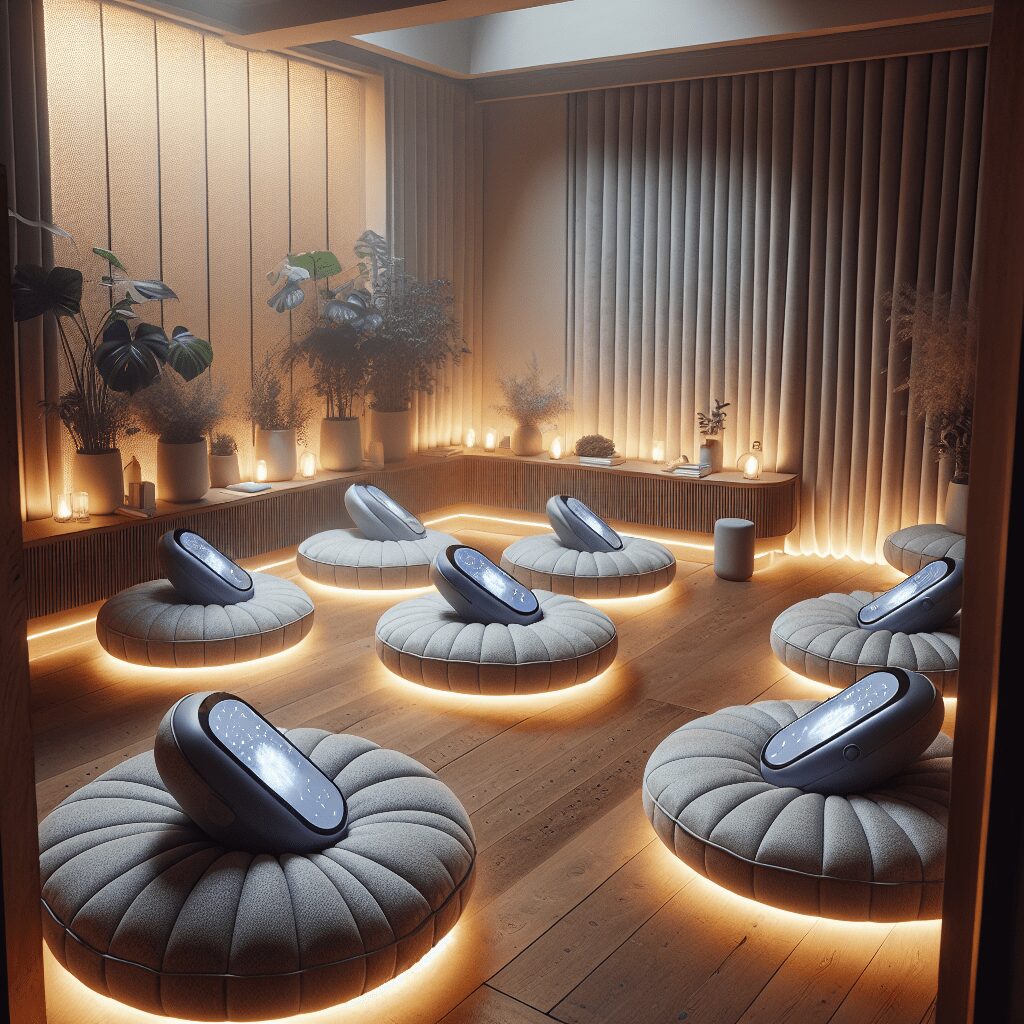
Prioritize your mental well-being daily. Enhance your life by nurturing your mental health with the Smart Meditation app. Break free from stress, alleviate anxiety, and enhance your sleep quality starting today.
Does Sitting On Yoga Ball Really Help Posture?
Bouncing to Better Posture: The Truth Behind Yoga Balls as Chairs
You’ve likely seen it—the modern-day office renegade swapping out the traditional swivel chair for a bouncy, spherical yoga ball. Claiming it’s the holy grail for spine health and posture, proponents seem to balance effortlessly, touting myriad benefits. But does perching on this inflatable apparatus truly work wonders for your posture, or is it merely a trend that’s more about style than substance? Let’s dive in and separate fact from fitness fiction.
The Science of Sitting
First things first, let’s tackle the elephant in the room—our sedentary lifestyles. With the average person spending upwards of 12 hours a day seated, it’s no surprise that the quest for the ‘perfect’ chair has taken on a new level of urgency.
Enter the yoga ball, or as it’s formally known, the stability ball. Originally used in physical therapy and Pilates, these bouncy behemoths promise to engage your core muscles, essentially forcing your body to continually make minor adjustments to maintain balance. The theory goes: more muscle engagement equals better posture and a stronger core. But what does the science say?
Do The Bounce, But Mind the Facts
Research wades in with both supporting and cautioning perspectives. A study carried out by the Ergonomics department highlighted that, indeed, sitting on a stability ball can increase trunk muscle activation. The constant micro movements you make to stay balanced engage not just your abdominal muscles but also your back muscles, potentially improving core strength and stability over time.
However, it’s not all sunshine and rainbows. The same body of research also mentions that prolonged use of a yoga ball as a chair might increase discomfort and reduce overall sitting time. In fact, without proper posture and core strength to begin with, slumping or slouching on the ball could lead to or exacerbate lower back pain.
Striking the Right Balance
So, where does that leave us in the grand scheme of sitting? Here are a few takeaways if you’re considering joining the yoga ball bandwagon:
- Start Slow: Like any new exercise regimen, ease into it. Begin by sitting on the ball for short periods to build up your core strength and endurance.
- Posture is Key: Simply swapping chairs won’t fix poor posture. Be mindful of sitting upright, with your feet flat on the ground, hips level, and back straight.
- Mix It Up: Alternating between a traditional chair and a yoga ball throughout the day might provide the best of both worlds—comfort and the potential posture benefits.
- Listen to Your Body: If you start experiencing discomfort or pain, it’s time to rethink your sitting strategy. Remember, what works for one person might not work for another.
In conclusion, while sitting on a yoga ball can offer some benefits, notably in engaging core muscles, it’s not a magic bullet for perfect posture. The efficacy varies from person to person, and it should be approached as part of a broader strategy for improving posture and core strength—alongside general physical activity and ergonomic work setups. Remember, in the realm of health and fitness, balance (pun intended) truly is key.





